
- For PC
- For MAC
- For Linux
- OS: Windows 7 SP1/8/10 (64 bit)
- Processor: Dual-Core 2.2 GHz
- Memory: 4GB
- Video Card: DirectX 10.1 level video card: AMD Radeon 77XX / NVIDIA GeForce GTX 660. The minimum supported resolution for the game is 720p.
- Network: Broadband Internet connection
- Hard Drive: 17 GB
- OS: Windows 10/11 (64 bit)
- Processor: Intel Core i5 or Ryzen 5 3600 and better
- Memory: 16 GB and more
- Video Card: DirectX 11 level video card or higher and drivers: Nvidia GeForce 1060 and higher, Radeon RX 570 and higher
- Network: Broadband Internet connection
- Hard Drive: 95 GB
- OS: Mac OS Big Sur 11.0 or newer
- Processor: Core i5, minimum 2.2GHz (Intel Xeon is not supported)
- Memory: 6 GB
- Video Card: Intel Iris Pro 5200 (Mac), or analog from AMD/Nvidia for Mac. Minimum supported resolution for the game is 720p with Metal support.
- Network: Broadband Internet connection
- Hard Drive: 17 GB
- OS: Mac OS Big Sur 11.0 or newer
- Processor: Core i7 (Intel Xeon is not supported)
- Memory: 8 GB
- Video Card: Radeon Vega II or higher with Metal support.
- Network: Broadband Internet connection
- Hard Drive: 95 GB
- OS: Most modern 64bit Linux distributions
- Processor: Dual-Core 2.4 GHz
- Memory: 4 GB
- Video Card: NVIDIA 660 with latest proprietary drivers (not older than 6 months) / similar AMD with latest proprietary drivers (not older than 6 months; the minimum supported resolution for the game is 720p) with Vulkan support.
- Network: Broadband Internet connection
- Hard Drive: 17 GB
- OS: Ubuntu 20.04 64bit
- Processor: Intel Core i7
- Memory: 16 GB
- Video Card: NVIDIA 1060 with latest proprietary drivers (not older than 6 months) / similar AMD (Radeon RX 570) with latest proprietary drivers (not older than 6 months) with Vulkan support.
- Network: Broadband Internet connection
- Hard Drive: 95 GB
The MiG-21 is a 1950s Soviet supersonic jet fighter and interceptor, and arguably one of the most iconic Soviet military aircraft of the second half of the 20th century. Coming as part of update 1.91 "Night Vision", pilots will soon have the chance to take to the skies in War Thunder behind the controls of none other than the legendary MiG-21F-13!
Briefly: A 1950s Soviet supersonic jet fighter, sporting solid flight performance and a limited, but deadly weapons arsenal.
MiG-21F-13, jet fighter, USSR, VI rank.
Pros
- High top speed
- Afterburner
- Air-to-air missiles
Cons
- Low ammunition count for the cannon
- High speed loss during maneuvers
Development of the MiG-21 dates back to the early 1950s, when the Mikoyan design bureau was conducting development work on a design study for a new swept-wing jet aircraft. Further work on the project led to the creation of a seperate, delta wing prototype, designated ‘Ye-4’. With test flights showing promising results, but also much room for improvement, work on the Ye-4 resumed. Further tweaks and modifications to the design eventually lead to the Ye-5 prototype, which conducted its maiden flight in January 1956.
During testing, the Ye-5 received its new designation ‘MiG-21’ and was officially ordered into production. However, production of this initial batch of MiG-21s was rather short, with only a handful of machines being built. In the meantime, an improved version of the aircraft - the Ye-6 - was being worked on. By May 1958, testing of the Ye-6 was deemed to be completed. Shortly afterwards, in July, the Ye-6 was ordered into mass production under the designation MiG-21F and was to replace the initial MiG-21 as the standard production model. The aircraft weaponry consists of two 30 mm automatic cannons. The next step was to equip the aircraft with guided “air-to-air” missiles but in to do this one of the cannons had to be removed.
From there on, the MiG-21 would go on to be produced in enormous numbers and in various different variants, both for the needs of the Soviet Union, as well as for export. Around 60 countries have or still use the MiG-21 in various capacities and modifications today.
Well over 11,000 MiG-21s have been produced, including licence-built versions (more than 2,400 models were built in China under the J-7 designation), since the start of production in 1959, with the legendary ‘Fishbed’ becoming the most mass produced combat aircraft since the Korean War and taking part in more armed conflicts than a single devblog would ever be able to cover. But as an example we can mention its participation in the Vietnam War where the MiG-21 was able to push back against the latest U.S. aircraft (which were in majority).
In War Thunder, the MiG-21F-13 will be the new top jet fighter awaiting seasoned pilots at rank VI of the Soviet aviation tree. The MiG-21F-13 is the first standard production version of the MiG-21 to be produced in significant numbers and brought with it, among other minor improvements, the ability to mount K-13 air-to-air missiles - a familiar weapon system to War Thunder pilots. It is also the first aircraft in the game which is able to break the Mach 2 speed limit.
The MiG-21F-13 is powered with a single R-11F-300 turbojet engine, thanks to this, the MiG-21F-13 is able to accelerate up to a maximum speed of 1300 km/h (Mach 1.06) near the ground and up to 2200 km/h (Mach 2.1) at an altitude of 13 kilometers. In addition, the MiG-21F-13 has a good climb rate - 120 m/sec which is one of the best climb rates in the game.
However, while the MiG-21F-13 can certainly go very fast in a straight line and also climb to altitude very quickly, its performance does come with a substantial caveat. Namely, being an aircraft with a delta wing design does give the MiG-21F-13 stability during supersonic flight, but it also negatively impacts the aircraft’s maneuvering capabilities and is responsible for massive speed losses during sharp, high-speed maneuvers. As a result, the MiG-21F-13 is best off utilized in boom-and-zoom style attacks, while any sort of extensive maneuvering engagements are best to be kept well clear off.
Fun Fact: Due to its visual appearance, the MiG-21 earned various nicknames depending on where it served. As such, the Soviets often referred to it as the “Balalaika”, while the Poles for example, dubbed it the “Pencil”.
Compared to earlier variants, the MiG-21F-13 weapon loadout was changed but not at the cost of lethality. As such, the MiG-21F-13 features only a single 30mm cannon with 60 rounds of ammunition. Additionally, pilots may choose to outfit their MiG-21F-13 with a pair of K-13 air-to-air missiles, thus greatly bolstering their effectiveness against aerial targets.
Complementing the primary offensive armament is also a host of secondary ordnance options which may be used to engage enemy ground units. To do so, pilots will have access to 57mm rocket pods, containing 16 projectiles each, as well as conventional unguided bombs of 250kg and 500kg, or two unguided air-to-ground S-24 rockets.
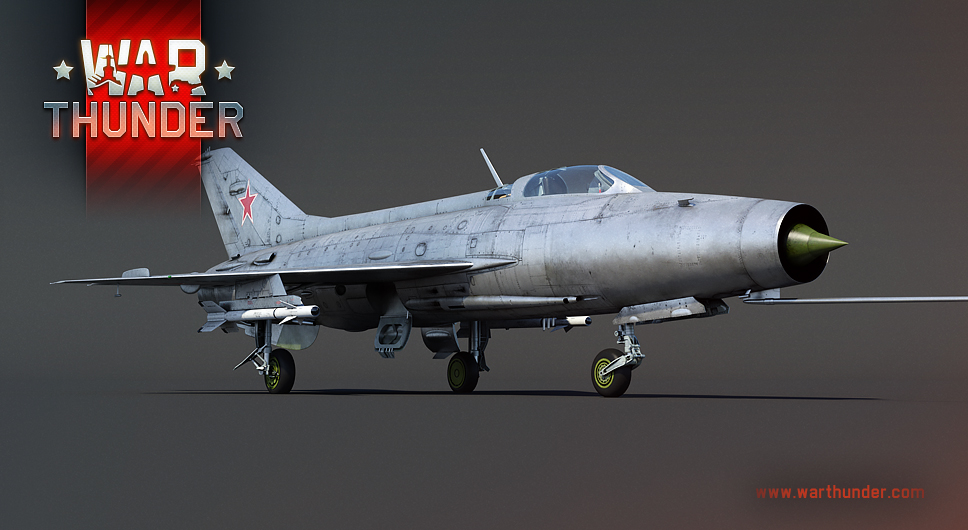
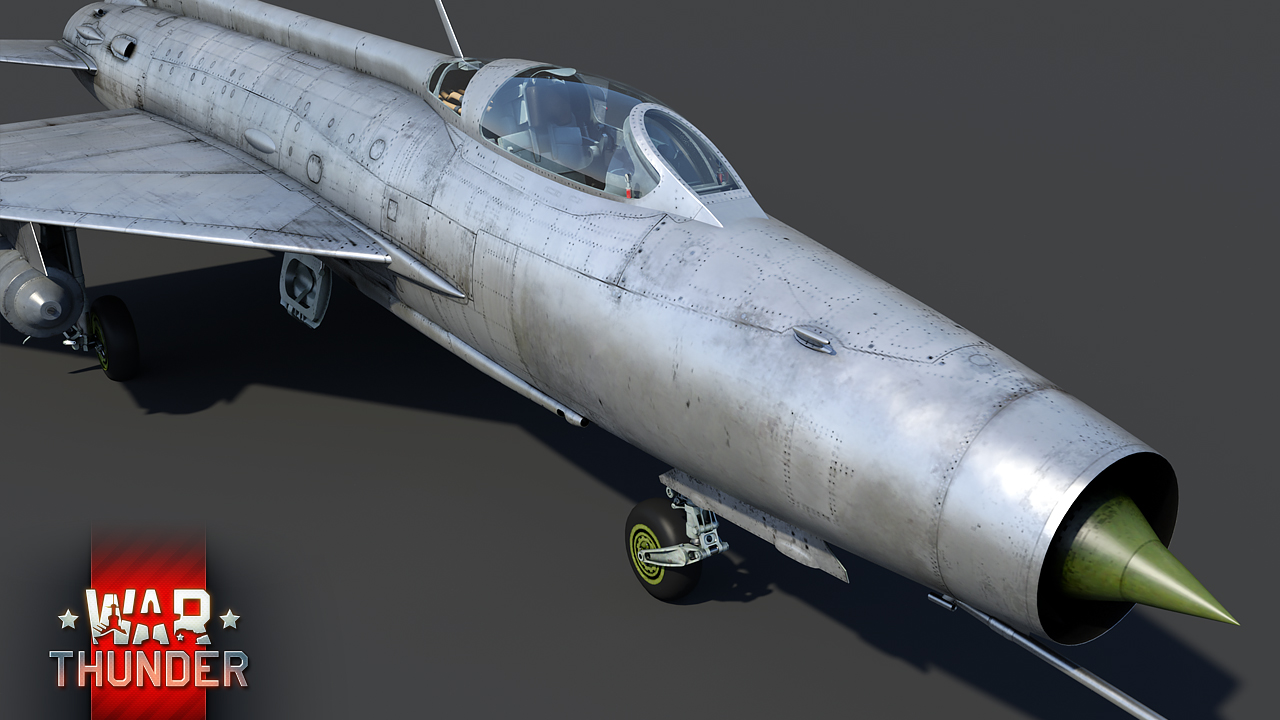
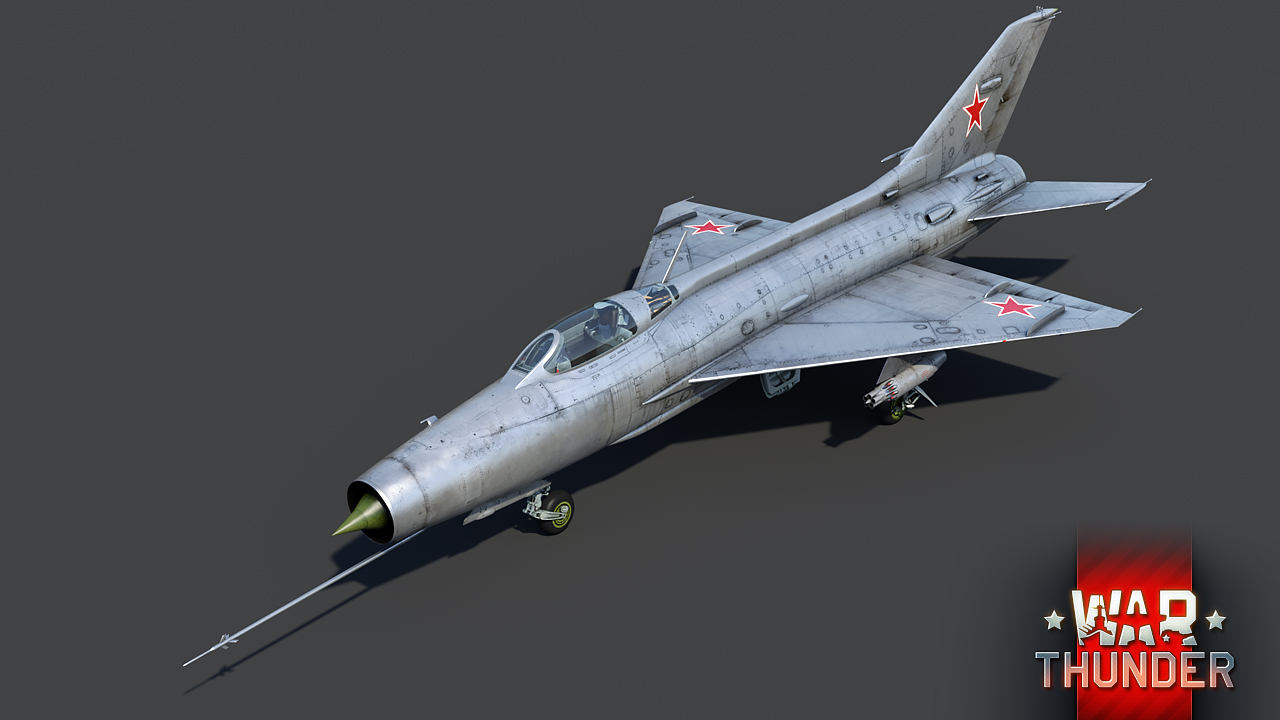

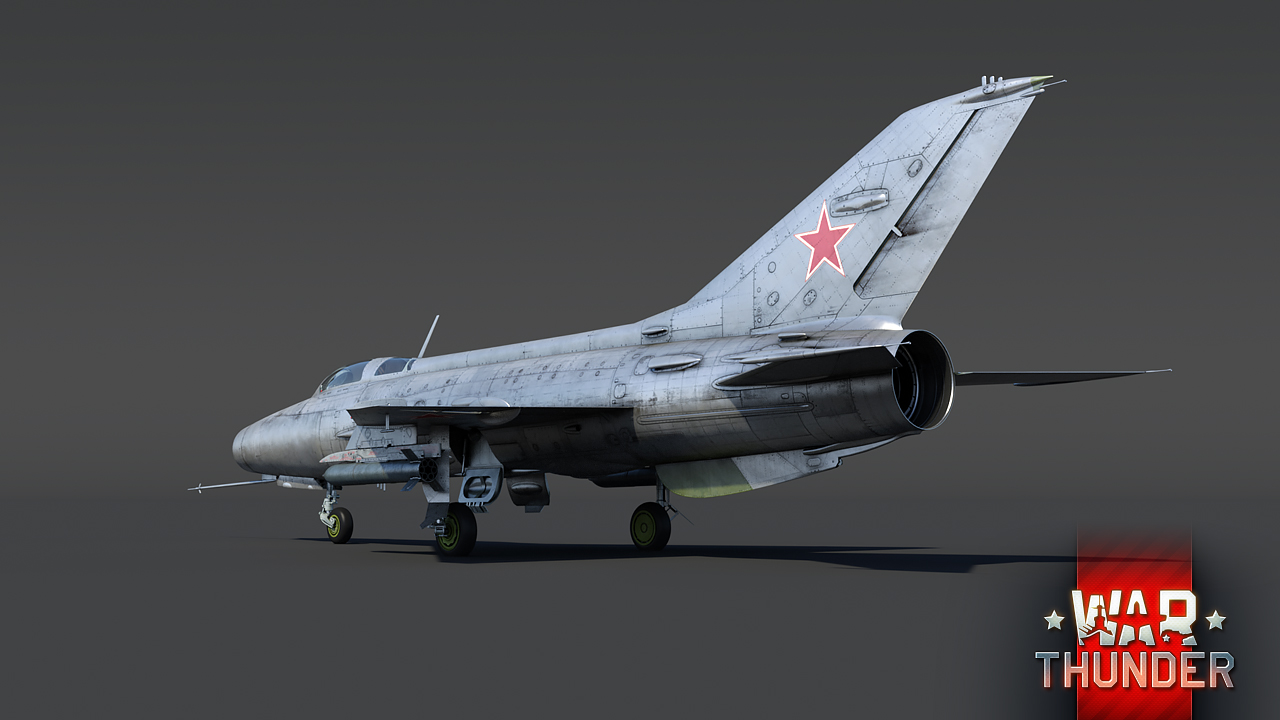
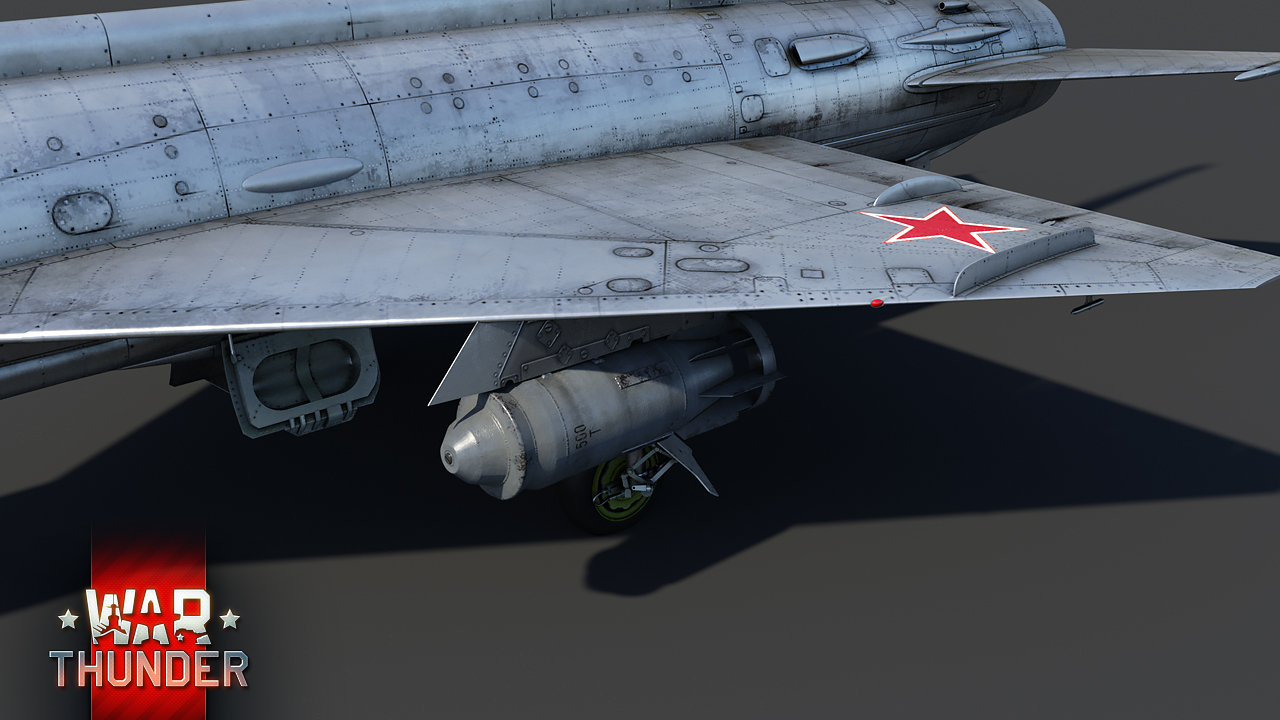
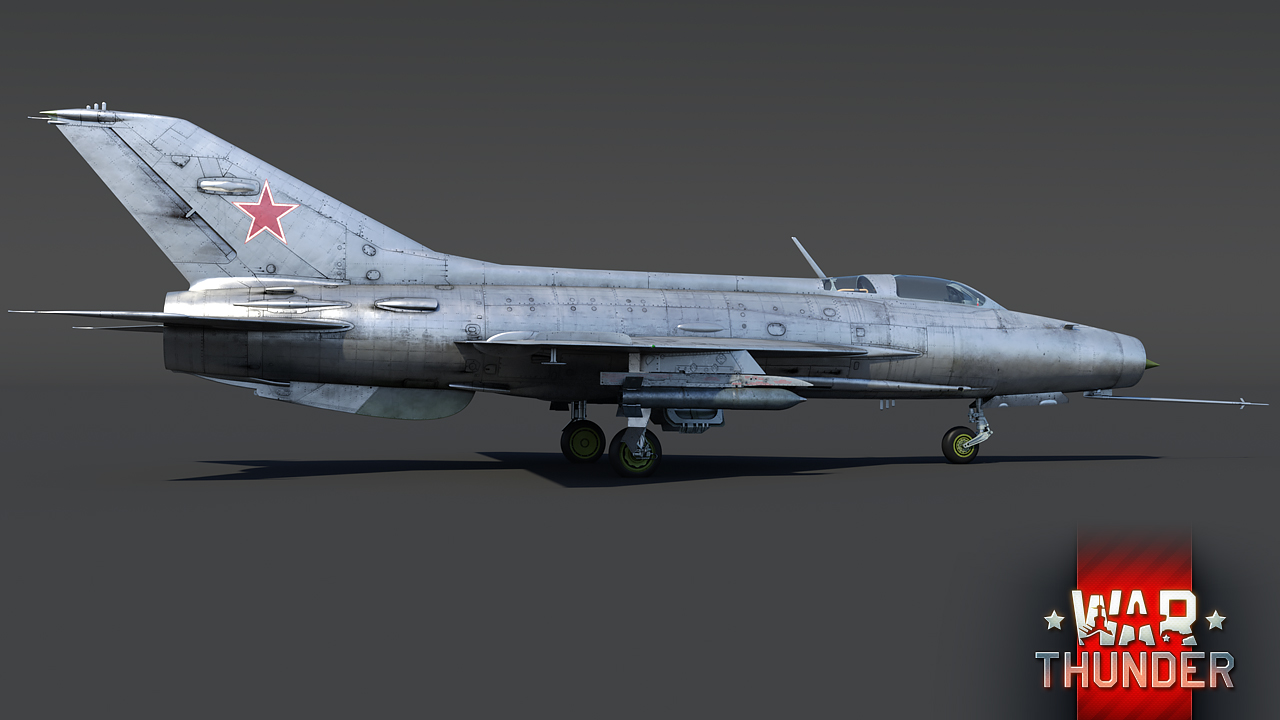
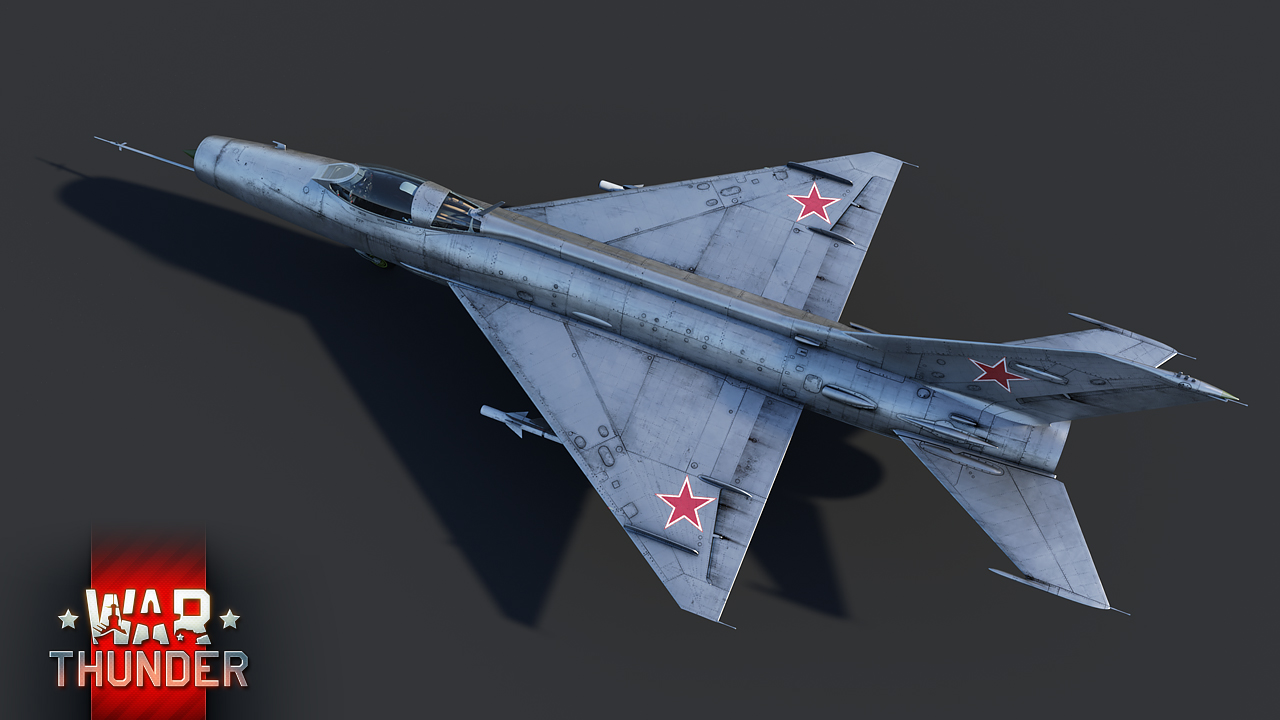
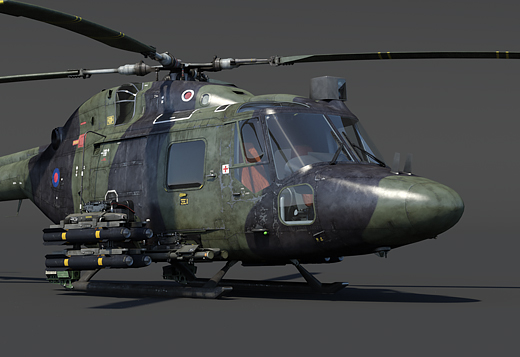
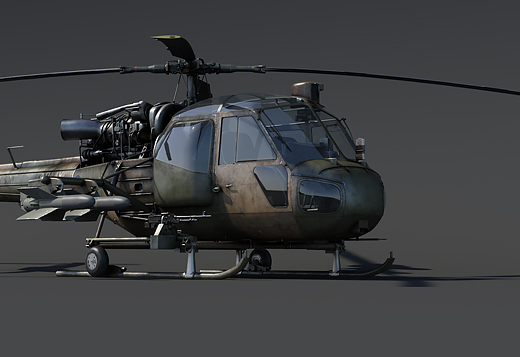

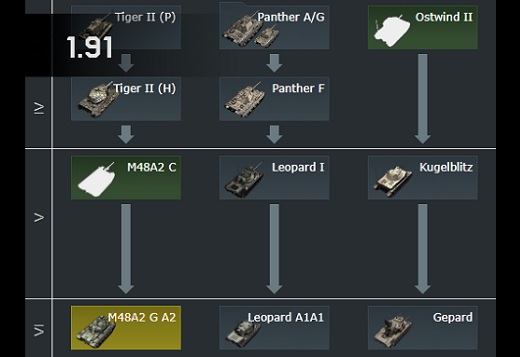
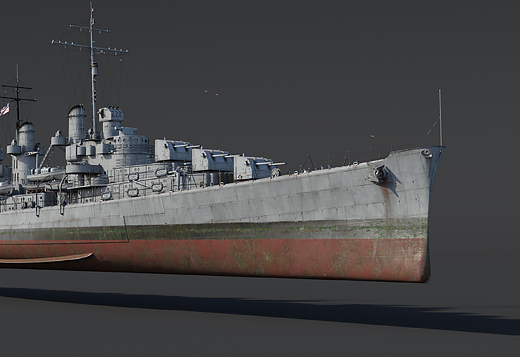
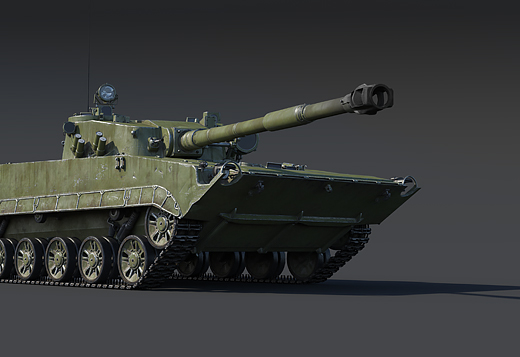
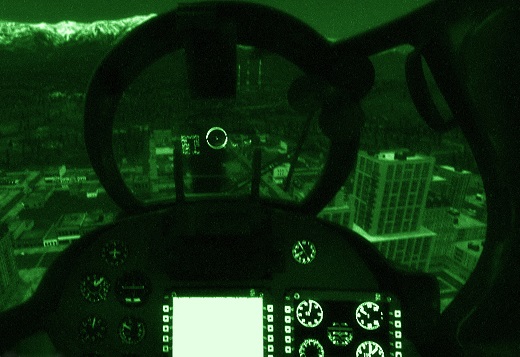
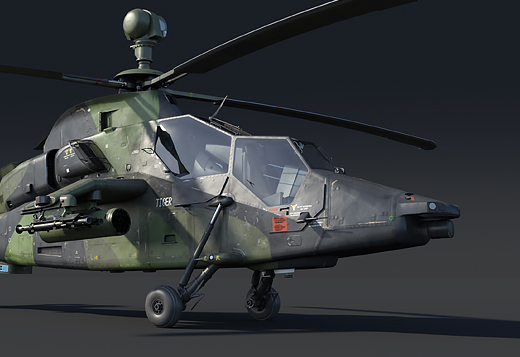
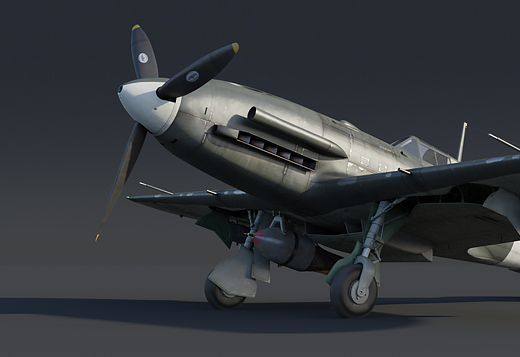
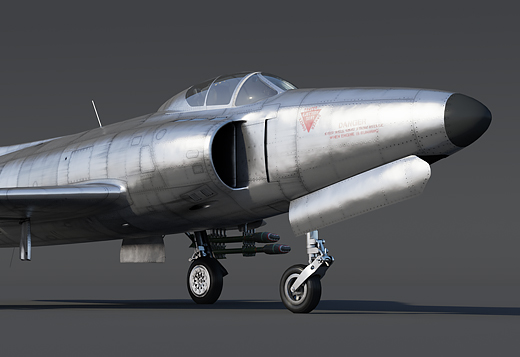
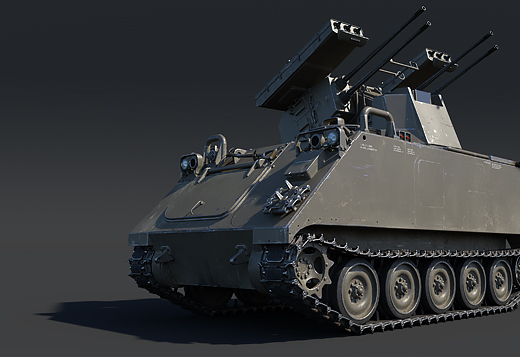
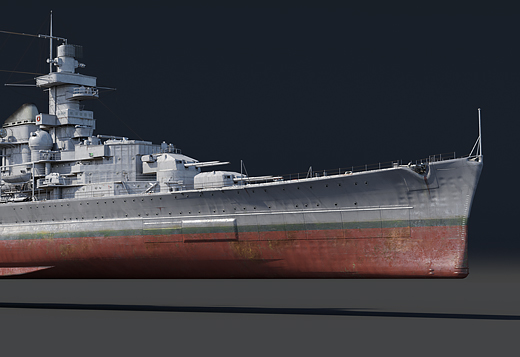
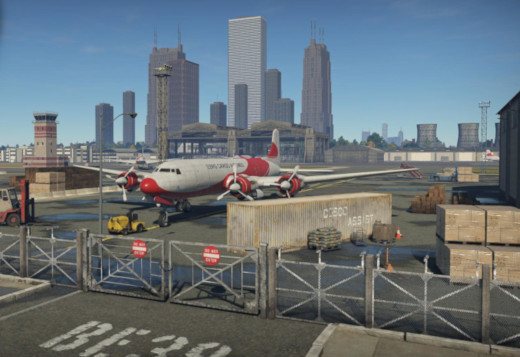



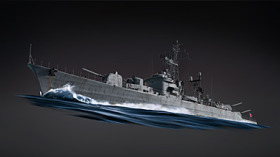
Comments (375)
Yay my favorite plane I'm excited to fly the vary same plane my father did!! Thank you Mr snail
F-4 HYYYYYPPEEEE!!!!!!!!!
no one ever said there will be the f-4...
GonZoWijnkaarsen, The F-4 was the historical rival to the MiG-21, with a similar top speed. I'm not saying it will come this patch, but it confirms its coming very soon. I'm just excited because its my favorite plane
why? ok waiting for the F4 phantom or phantom II
The leaks are legit. Cant wait for my Phantom and Thunderchief
YEET
BR 10.0 or 10.3?
If you add a Phantom you got my attention back
Gaijiggle Thank you for this
F-4 Phantom pls
...So this is why my game has failed to log me in for the last few minutes.
Submit a complaint